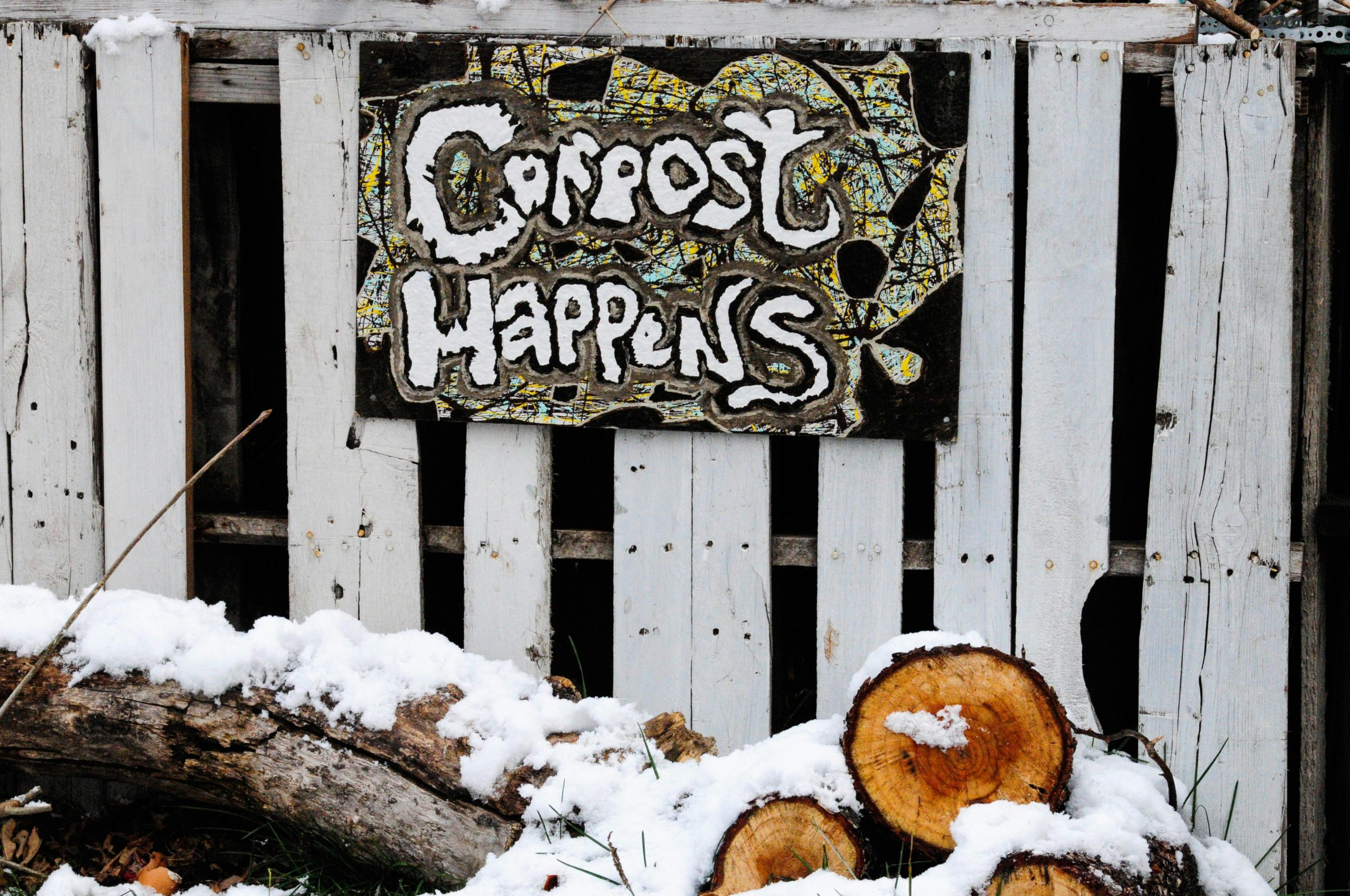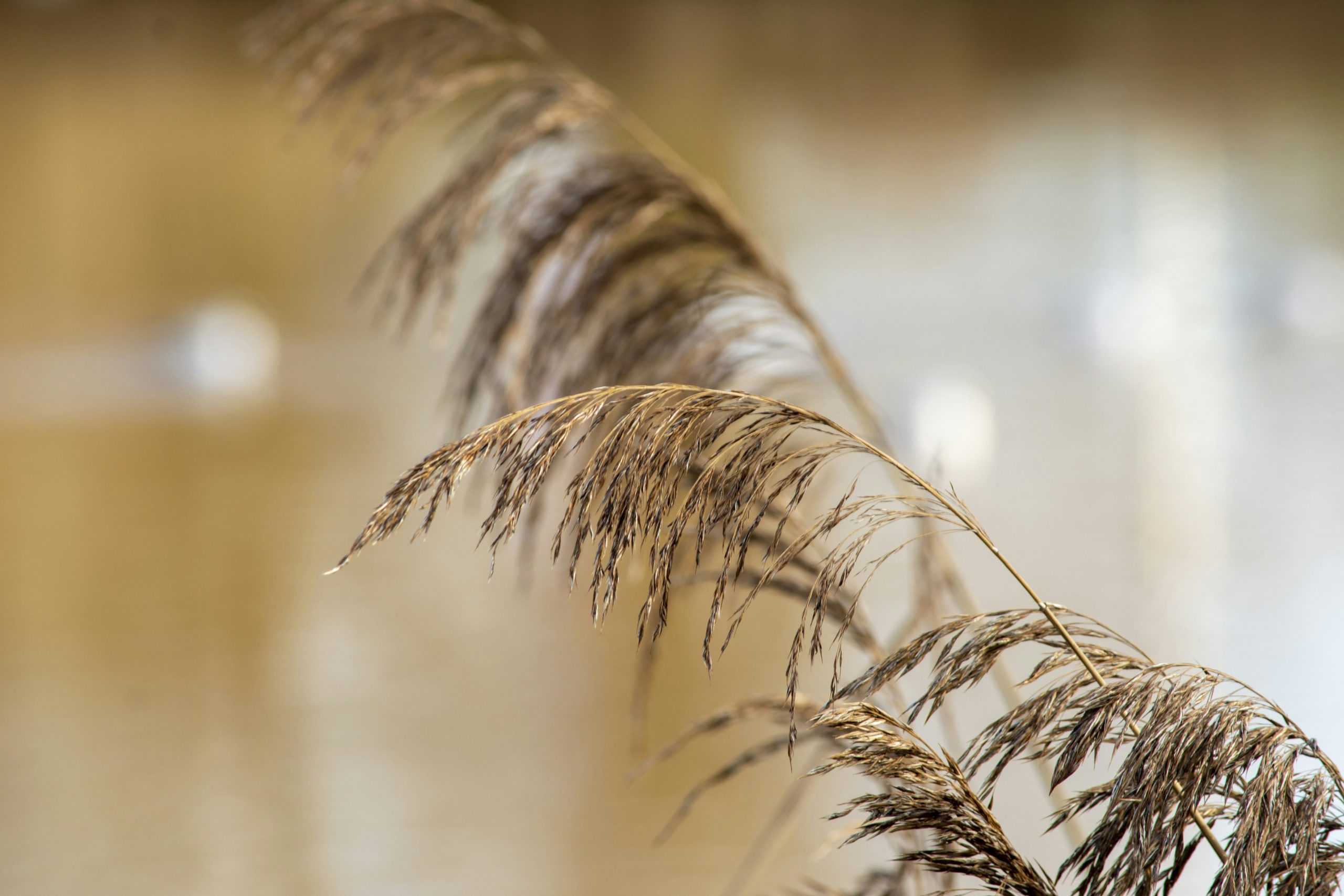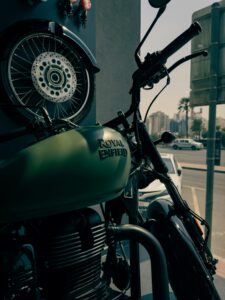In our journey to greener living, mastering the art of hot composting can seem like a daunting task, but with a little guidance, we can turn our organic waste into rich, fertile soil in no time. Managing a hot compost pile involves understanding the ideal mix of greens and browns, maintaining the right moisture levels, and regularly turning the pile to ensure proper aeration. Together, we can transform kitchen scraps and garden waste into a valuable resource for our gardens and plants. Let’s uncover the key steps to keeping our compost piles healthy and active!
How Do I Manage A Hot Compost Pile?
Have you ever wondered how to manage a hot compost pile? If you have, you’re not alone! Many of us are intrigued by the idea of turning our kitchen scraps and yard waste into nutrient-rich compost that can nourish our gardens. But managing a hot compost pile may seem daunting at first. Don’t worry, though; we’re here to help you turn your composting dreams into reality with some friendly advice and practical tips.
What is a Hot Compost Pile?
Before we delve into the how-tos, let’s start with a fundamental question: what exactly is a hot compost pile? A hot compost pile is a method of composting that breaks down organic materials quickly through the generation of heat. Unlike cold composting, which takes a year or more, hot composting can take as little as a few weeks to a couple of months to yield ready-to-use compost.
Why Opt for Hot Composting?
Hot composting comes with a heap of benefits. The faster decomposition process means we get compost sooner, and the high temperatures help to kill off weed seeds and pathogens. Plus, it’s a great way to manage large amounts of organic waste efficiently.
Ideal Temperature Range
For effective hot composting, we aim to maintain a temperature range of 130°F to 160°F (55°C to 71°C). This high temperature accelerates the breakdown of materials and ensures faster compost production.
Building the Perfect Hot Compost Pile
Creating a hot compost pile that works efficiently requires the right mix of ingredients and the proper setup. Let’s break this down step-by-step.
Selecting the Right Spot
Choosing the right location for our compost pile is crucial. We need a spot that is well-drained, has good air circulation, and is convenient yet out of direct sunlight. A partially shaded area is ideal because too much sun can dry out our pile too quickly.
Gathering Materials
A successful hot compost pile requires a balanced mix of green and brown materials. Here’s a quick guide:
| Green Materials | Brown Materials |
|---|---|
| Kitchen scraps | Dry leaves |
| Grass clippings | Straw or hay |
| Coffee grounds | Newspaper |
| Fresh garden waste | Cardboard |
| Manure (herbivorous) | Sawdust (from untreated wood) |
Green materials provide nitrogen, while brown materials provide carbon. The right balance is essential for the microbes in our compost pile to thrive.
Perfect Ratios
An optimal compost mix maintains a carbon-to-nitrogen ratio (C:N) of about 30:1. If we add too much green material, the pile may become too wet and smelly. Conversely, too much brown material can make it too dry and slow to decompose. A good rule of thumb is to use about three parts brown to one part green material.
Layering the Pile
Creating a well-layered pile helps to kickstart the composting process. Start with a base layer of coarse materials like straw or small twigs to allow for good aeration. Then, alternate between layers of green and brown materials. Water each layer lightly to keep it moist, but not soggy.
Size Matters
The size of our compost pile also plays a role in how effectively it heats up. Aim for a pile that is at least 3’x3’x3′ (1 cubic yard). This size is sufficient to retain heat while still allowing for adequate airflow.

Turning the Pile
One of the keys to maintaining a hot compost pile is turning it regularly. This ensures proper aeration and helps to evenly distribute heat, moisture, and microorganisms.
How Often Should We Turn the Pile?
For a hot compost pile, we should turn it about once a week. However, if the temperature starts to drop below the desired range, we may need to turn it more frequently to reinvigorate the composting process.
The Right Way to Turn the Pile
When turning the pile, we want to move materials from the outer edges into the center where the temperature is the highest. This ensures that all parts of the pile are exposed to high temperatures, aiding in more uniform decomposition.
Monitoring the Temperature
Keeping an eye on the temperature is crucial. We can use a compost thermometer, which is a long probe that can measure the internal temperature of our pile.
What Temperature Indicates Success?
As mentioned earlier, we aim for temperatures between 130°F and 160°F. If our pile’s temperature consistently falls within this range, we’re on the right track. If the temperature drops, it may indicate a need for more moisture, green materials, or aeration.
Troubleshooting Temperature Issues
If our compost pile isn’t heating up as it should, here are some potential fixes:
- Add More Green Material: If the pile lacks nitrogen, adding more greens can help kickstart the heating process.
- Check Moisture Levels: Too much or too little moisture can impact decomposition. The pile should feel like a wrung-out sponge.
- Improve Aeration: Turning the pile or adding bulky materials like straw can enhance airflow, helping to increase temperature.

Managing Moisture Levels
Moisture levels play a pivotal role in keeping our compost pile healthy and active.
The Squeeze Test
We can check the moisture level by taking a handful of compost and squeezing it. Ideally, we should get a few drops of water. If it’s too dry, add water. If it’s too wet, add more brown materials to absorb the excess moisture.
Watering the Pile
It’s best to water the compost in layers as we build or turn the pile. This ensures even distribution of moisture throughout the pile.
Dealing with Common Issues
Even with the best planning, we might encounter some issues along the way. Here’s how to tackle some common composting problems.
Odor Problems
A bad smell is often a sign of an imbalance in our compost pile.
- Ammonia Smell: This usually means too much nitrogen. Add more brown materials and turn the pile to correct it.
- Rotten Smell: This could indicate poor aeration or that our pile is too wet. Turn the pile and add dry browns like straw or leaves.
Pile Isn’t Decomposing
If our compost pile seems stagnant, it might need more green materials to increase nitrogen or more aeration. Sometimes adding a compost activator, like finished compost or aged manure, can help reinvigorate the microbial activity.
Pests and Rodents
To deter pests, avoid adding meat, dairy, and oily foods to the pile. Also, ensure that our pile is covered properly, either with a compost bin lid or a layer of soil or browns.

Harvesting the Finished Compost
Once our compost pile has cooled down and the materials have broken down into a dark, crumbly texture, it’s time to harvest.
When is Compost Ready?
Typically, compost is ready in 2-3 months under optimal conditions. We’ll know it’s done when the original materials are no longer recognizable, and it has an earthy smell.
Sifting the Compost
Using a compost sifter or screen helps separate the fine compost from any larger, undecomposed materials. The unfinished bits can be added back to the new compost pile for further breakdown.
Using the Compost
Now that we have rich, dark compost, let’s put it to good use!
In the Garden
Use compost to enrich garden soil by mixing it into flower beds, vegetable gardens, and around trees and shrubs. It improves soil structure, enhances nutrient content, and helps retain moisture.
As Mulch
Spread a layer of compost on the soil surface to act as mulch. This helps suppress weeds, retain soil moisture, and slowly releases nutrients into the soil.
Making Compost Tea
Compost tea is a nutrient-rich liquid that can be made by steeping finished compost in water. It can be used as a liquid fertilizer and soil conditioner for plants.
Conclusion
Managing a hot compost pile might seem complex at first, but with the right knowledge and a bit of effort, it can become a routine activity that benefits our gardens and reduces waste. By understanding the basics of temperature control, moisture management, and regular turning, we can maintain a thriving compost pile that breaks down quickly and efficiently. Remember, every pile is unique, and part of the fun is learning and adjusting as we go along. Happy composting!



